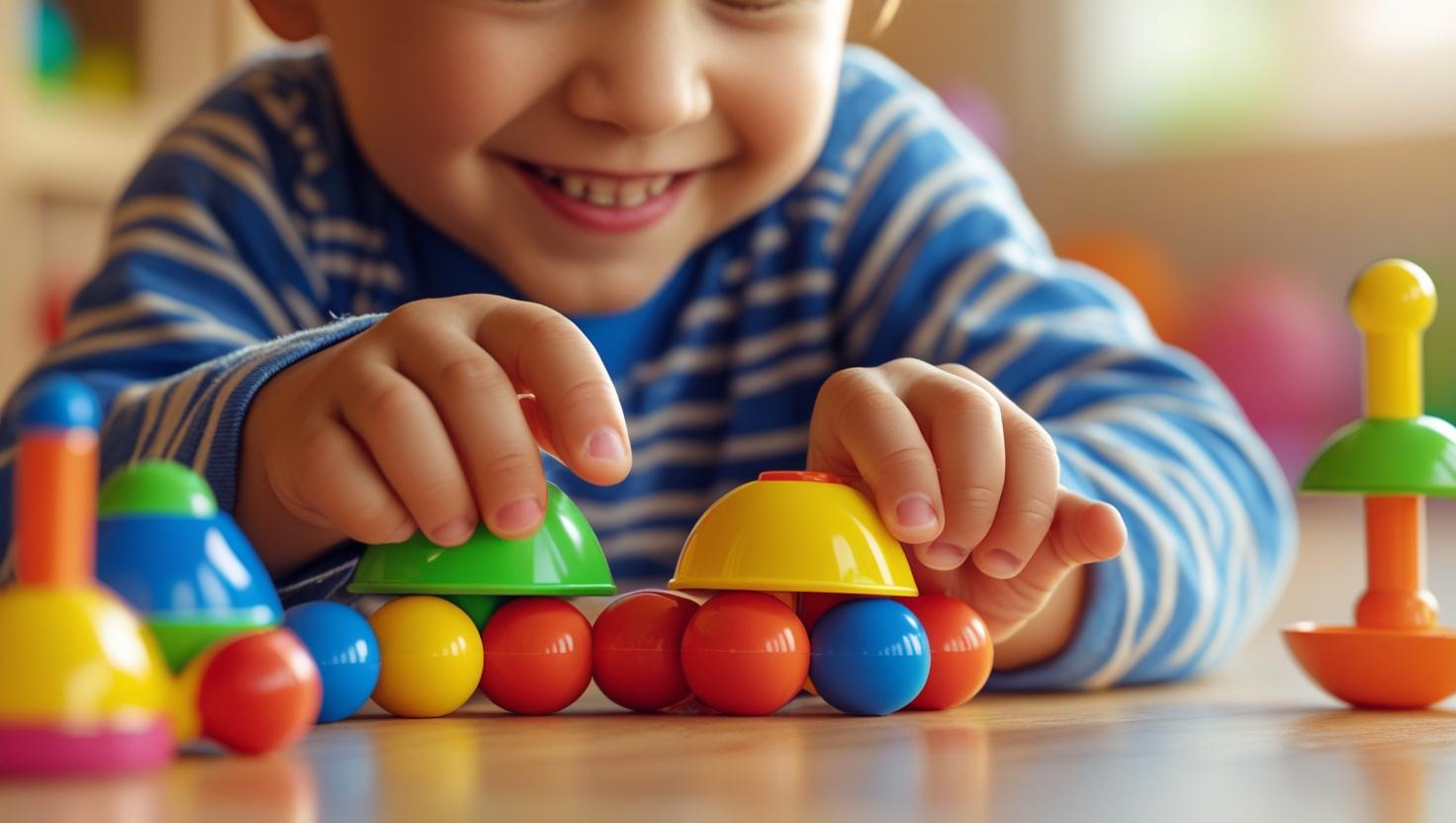Every child is different, but parenting a child on the autism spectrum adds layers of complexity, especially when it comes to play.
My son, Noah, was diagnosed with autism at age 4. Like many parents, we struggled to find toys that held his attention, calmed his overstimulated senses, and helped him engage with the world in a meaningful way.
We tried dozens of toys—some were too loud, others too open-ended, and many just didn’t click. But then we stumbled on a few STEM toys that changed everything.
Here’s how STEM-based play became a tool not just for learning, but for building focus, joy, and connection in our home.
Why Typical Toys Didn’t Work for Us
Noah was easily overwhelmed by flashing lights, chaotic sounds, or unpredictable gameplay. Toys that required fast decisions, pretend play, or social interaction often frustrated him more than entertained him.
He preferred structure, logic, and predictability—but he also had a deep curiosity about how things worked.
That’s when we started introducing toys designed for STEM learning—tools that encouraged focus, sequential thinking, and hands-on exploration.
The First Breakthrough: Magna-Tiles
We bought a small set of Magna-Tiles after hearing from other parents in the autism community. At first, Noah lined them up repeatedly.
Then one day, he started building towers. Then he experimented with symmetry. Then he added color patterns.
It was quiet, absorbing, and deeply focused.
For the first time, a toy was holding his attention for longer than 10 minutes. That was huge.
More STEM Favorites That Worked Wonders
Here are some of the toys that truly helped Noah thrive:
- Marble Run Sets
He loved planning the paths and testing what worked. It gave him control, visual stimulation without noise, and a sense of accomplishment when it worked. - Botley the Coding Robot
We were amazed at how he engaged with programming sequences. It helped him practice cause and effect, planning, and patience—all while feeling like a game. - Snap Circuits
The satisfaction of connecting circuits and watching fans spin or lights blink gave him a deep sense of control and joy. - Puzzles and Pattern Blocks
STEM puzzles offered a perfect balance of challenge and calm. They promoted shape recognition, spatial awareness, and quiet concentration.
The Unexpected Benefits
We weren’t aiming for “results,” but we started seeing real changes:
- Improved Focus: He could stay with one task for 20–30 minutes, something we hadn’t seen before.
- Reduced Anxiety: The predictability and clear outcomes gave him comfort and confidence.
- More Joyful Play: He laughed when his marble run worked. He smiled when Botley followed his code.
- Self-Led Exploration: Instead of us guiding him, he began exploring and problem-solving on his own.
Why STEM Toys Work So Well for Autistic Kids
Not all STEM toys are a good fit—but the right ones often:
- Provide structure with flexibility
- Encourage hands-on, repetitive actions
- Reward logic and sequence without requiring social input
- Are visually stimulating but not overwhelming
- Offer clear outcomes, which can feel safe and satisfying
Final Thoughts: It’s Not About Fixing—It’s About Empowering
STEM toys didn’t “fix” anything. But they became a bridge—a way for Noah to connect with the world around him, to gain confidence in his abilities, and to feel the joy of creating something with his own two hands.
If you’re a parent of a neurodivergent child, don’t give up on play. Try different tools. Give them space. And don’t be afraid to try STEM-based toys—you might just unlock a whole new world for your child.





